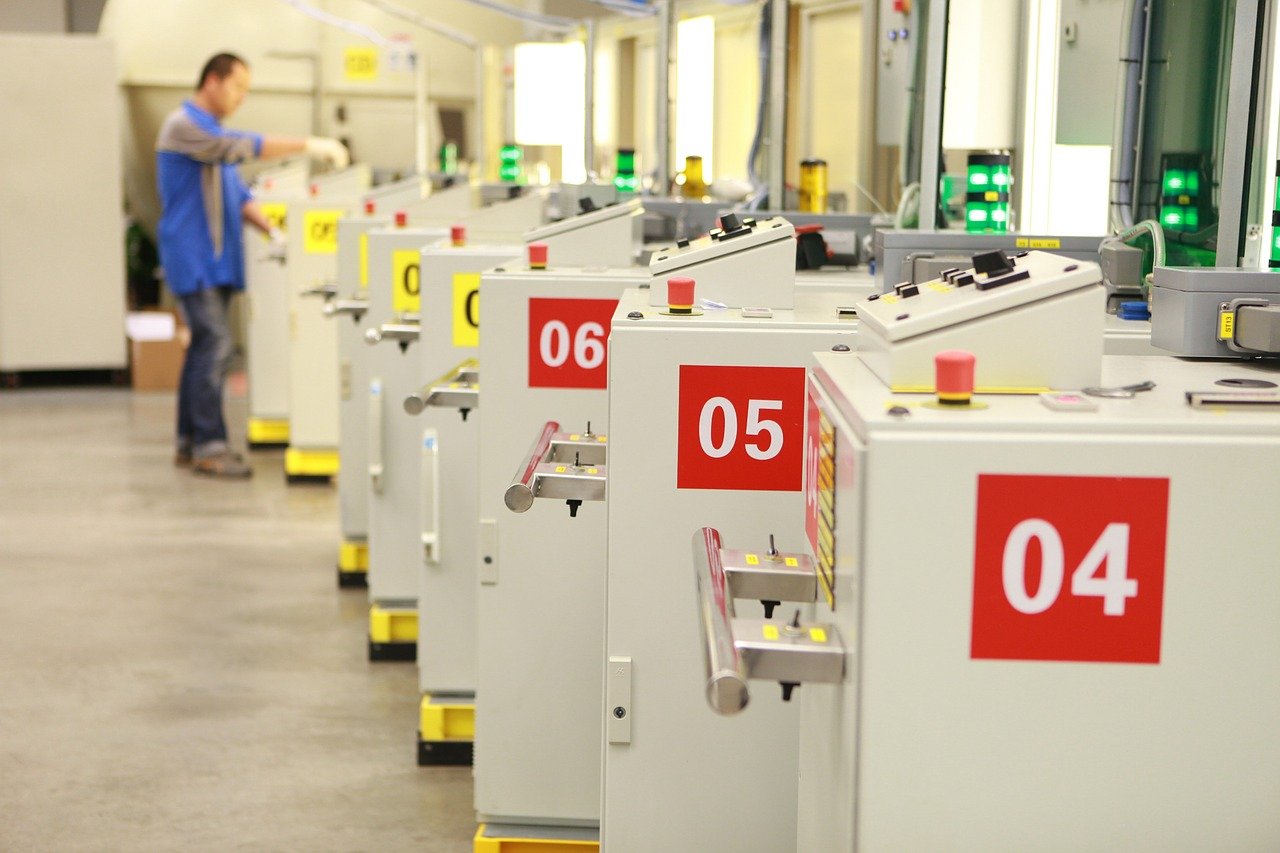Researchers from Cold Spring Harbor Laboratory (CSHL) have revealed the process through which plants transmit genetic memories to their descendants, a discovery with profound implications for agriculture, food production, and environmental conservation.
Epigenetic memory
Plants, similar to humans, possess a form of memory known as “epigenetic memory.” This type of memory involves modifications to histones, proteins responsible for packaging and organizing DNA.
CSHL Professors Rob Martienssen and Leemor Joshua-Tor are investigating how plants pass on markers that silence disruptive “jumping genes” called transposons. When active, these genes can move and disrupt other genes, posing risks to the genome.
DDM1: The Genetic Guardian
Their research has identified a crucial player in this process, a protein called DDM1. DDM1’s significance lies in its role in silencing transposons, which are mobile genetic elements capable of disrupting the genome. By silencing transposons, DDM1 helps protect the plant’s genome and ensures its accurate transmission to the next generation.
Promising Beginnings: The Future of Genetic Memory Research
These findings could have far-reaching implications for agriculture and food security. Understanding how plants pass down genetic memories may lead to the development of crops resistant to pests and diseases.
Moreover, this study extends our knowledge of human epigenetics. Humans also possess epigenetic marks that can influence gene expression. The CSHL study suggests that DDM1-like proteins may play a role in human epigenetic inheritance.
This area of research is still in its early stages, but the CSHL study marks a significant step forward in our understanding of how plants pass down genetic memories.







